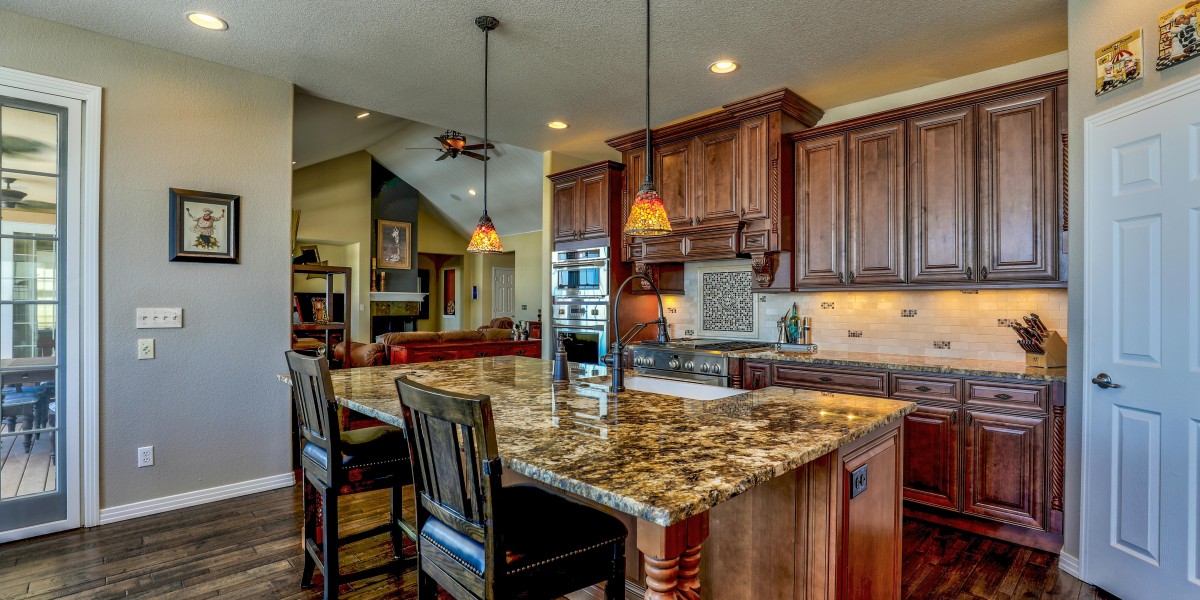The modern homeowner faces an interesting challenge: how to preserve the warmth and charm of a traditional kitchen while incorporating the conveniences of contemporary appliances. As technology advances, with brands like Panasonic leading the way in kitchen innovation, the art of balancing classic design with modern functionality becomes increasingly important. This comprehensive guide will help you navigate the delicate process of creating a kitchen that honours traditional aesthetics while embracing the benefits of modern technology.
Understanding the Traditional Kitchen Aesthetic
Traditional kitchens evoke a sense of timeless elegance and warmth that has captivated homeowners for generations. These spaces are characterised by their rich wooden cabinets, natural stone countertops, and intricate architectural details that speak to craftsmanship and heritage. The appeal lies in their ability to create a welcoming atmosphere that feels both sophisticated and lived-in, making them the true heart of the home.
When we think of traditional kitchens, we often picture ornate cabinet doors, crown moulding, raised-panel designs, and hardware with antique finishes. Natural materials play a crucial role, with hardwood floors, marble or granite countertops, and ceramic tiles working together to create a cohesive look. The colour palette typically leans towards warm neutrals, creamy whites, and rich earth tones that create a sophisticated yet inviting ambiance.
The Modern Appliance Challenge
The challenge comes when we need to integrate modern appliances into this classical setting. Today's kitchen appliances, while incredibly functional, often feature sleek stainless steel finishes and digital displays that can seem at odds with traditional design elements. However, with thoughtful planning and creative solutions, these modern marvels can be incorporated seamlessly into your traditional kitchen design.
Strategic Integration Techniques
- Concealment and Camouflage
One effective approach to maintaining traditional aesthetics while incorporating modern appliances is to conceal them behind custom panels that match your cabinetry. Many high-end appliance manufacturers, including Samsung, now offer panel-ready refrigerators, dishwashers, and even wine coolers that can be fitted with custom fronts to blend seamlessly with surrounding cabinetry.
Consider creating a dedicated appliance garage with retractable doors to house smaller countertop appliances like mixers, blenders, and even that new electric kettle price in Sri Lanka that might seem out of place in a traditional setting. This approach keeps modern conveniences readily accessible while maintaining the kitchen's traditional appearance when not in use.
- Thoughtful Placement and Zoning
Creating distinct zones within your kitchen can help integrate modern appliances more naturally. Consider establishing a "technology hub" where modern appliances can be grouped together, perhaps in a butler's pantry or separate prep area. This approach allows you to maintain a more traditional appearance in the main kitchen while keeping contemporary conveniences close at hand.
- Design Bridges
Use design elements that can help bridge the gap between traditional and modern. For example, transitional-style cabinet hardware can complement both your traditional cabinetry and modern appliances. Similarly, lighting fixtures that blend classical forms with contemporary finishes can help unite the two styles.
Material Selection and Finishes
The choice of materials plays a crucial role in successfully marrying traditional design with modern appliances. Consider using materials that can complement both styles:
- Stone countertops, particularly in honed finishes, can provide a traditional look while offering the durability needed for modern cooking methods.
- Subway tiles, while classic in appearance, can be arranged in contemporary patterns to create a subtle bridge between old and new.
- Even something as simple as choosing the right finish for your appliances can make a significant difference – many manufacturers now offer alternatives to standard stainless steel, such as black stainless or bronze finishes, which can better complement traditional designs.
Lighting Solutions
Lighting plays a vital role in bringing together traditional and modern elements. While traditional kitchens often feature elegant chandeliers or pendant lights, modern task lighting is essential for today's cooking needs. The solution lies in creating layers of lighting:
Consider installing elegant pendant lights or a traditional chandelier as your ambient lighting, supplemented by modern under-cabinet LED strips for task lighting. Smart lighting systems, like those offered by Sony, can be incorporated discreetly while offering the convenience of automated controls and different lighting scenes for various activities.
Colour and Texture Coordination
The thoughtful use of colour and texture can help create a cohesive look between traditional elements and modern appliances. Consider these approaches:
Choose cabinet colours that complement your appliances' finishes while maintaining traditional style. Deep blues, warm greys, and classic whites can work well with stainless steel while still feeling appropriate for a traditional kitchen. Incorporate textural elements through backsplashes, countertops, and accessories to add visual interest and help bridge the gap between smooth, modern appliance surfaces and more detailed traditional elements.
Maintaining Functionality
While aesthetics are important, the functionality of your kitchen should never be compromised. Modern appliances offer valuable features that can make cooking and entertaining more enjoyable:
Consider how you use your kitchen and prioritise appliances that will truly enhance your cooking experience. For example, a traditional-style range hood might conceal a modern ventilation system with powerful features for serious cooking. Similarly, a classic farmhouse sink can be equipped with modern touchless faucets for improved functionality.
The Role of Technology
While incorporating modern technology, focus on features that add genuine value to your kitchen experience without compromising its traditional character. Smart home integration can be done subtly, with controls tucked away in drawers or mounted under cabinets. Many modern appliances now offer Wi-Fi connectivity and smartphone controls, allowing you to monitor and control your kitchen remotely without visible technological elements affecting your traditional design.
Design Details That Matter
Success in combining traditional design with modern appliances often comes down to the details. Pay attention to:
Cabinet crown moulding and trim work that can help integrate built-in appliances more seamlessly into the overall design. Traditional-style cabinet pulls and knobs that can be matched or coordinated with modern appliance handles. Transitional-style lighting fixtures that bridge the gap between classic and contemporary designs.
Creating a traditional kitchen that successfully incorporates modern appliances requires careful planning and attention to detail. The key lies in finding the right balance between preserving classical elements while embracing contemporary convenience. By focusing on thoughtful integration, strategic placement, and coherent design elements, you can create a kitchen that honours traditional aesthetics while offering all the benefits of modern technology.
Remember that the most successful designs are those that reflect both your personal style and practical needs. Do not be afraid to mix elements in a way that works for you, and consider working with a professional designer who can help you navigate the complexities of combining these two distinct styles. With careful planning and execution, you can create a kitchen that offers the best of both worlds – the warmth and charm of traditional design with the convenience and efficiency of modern appliances.



